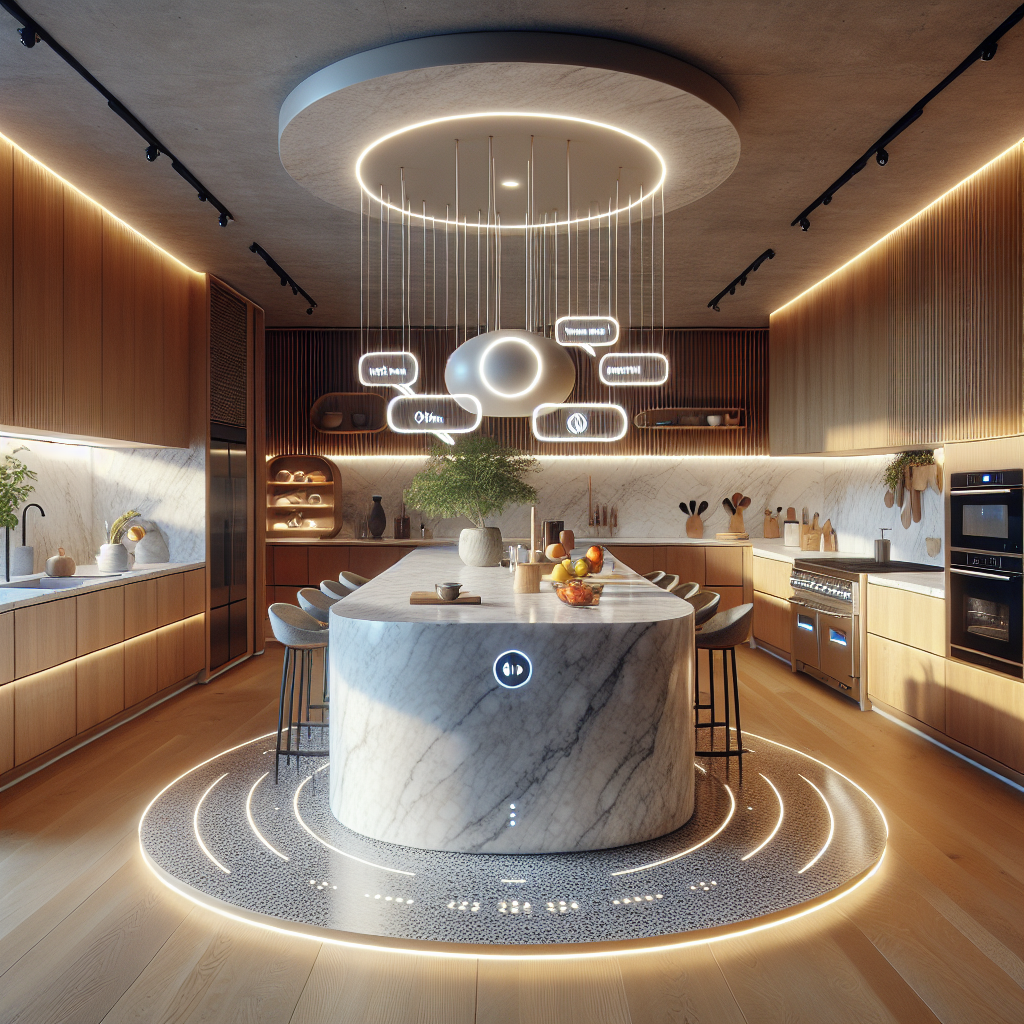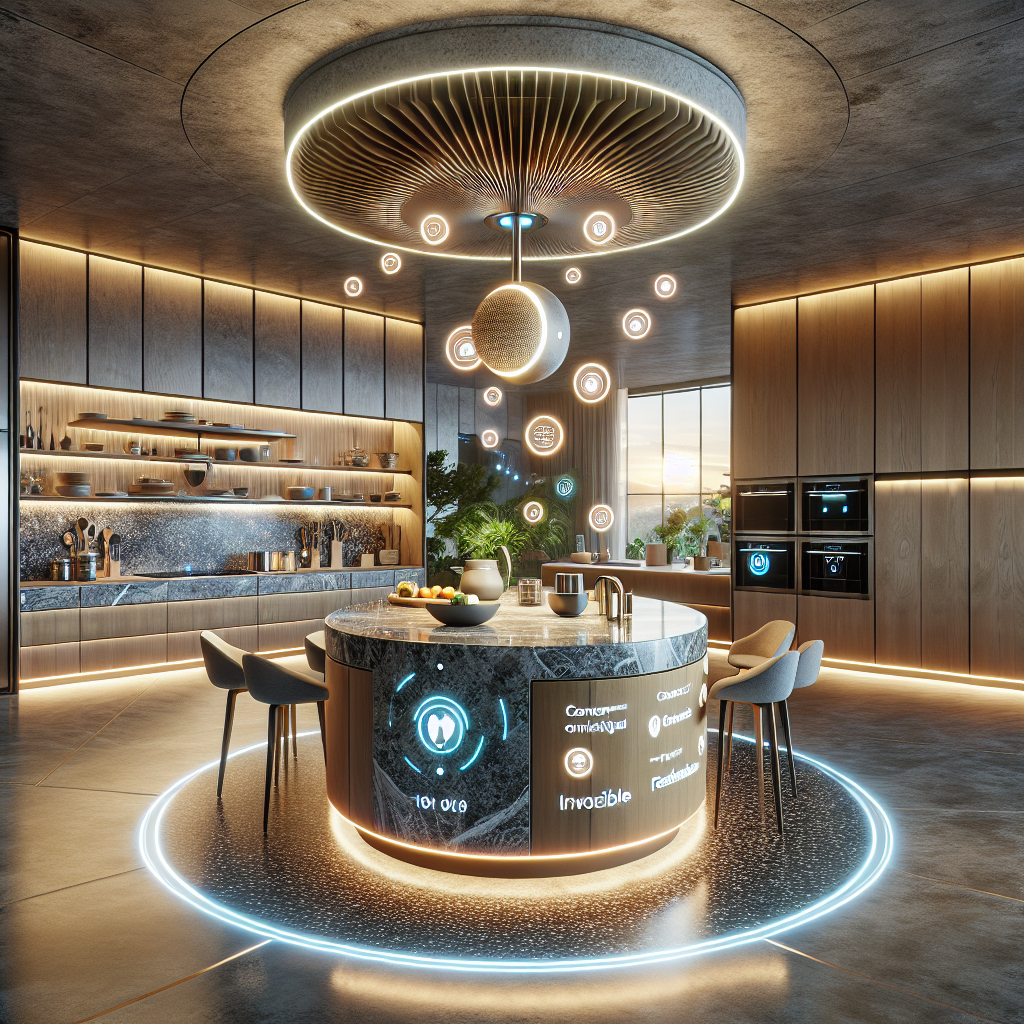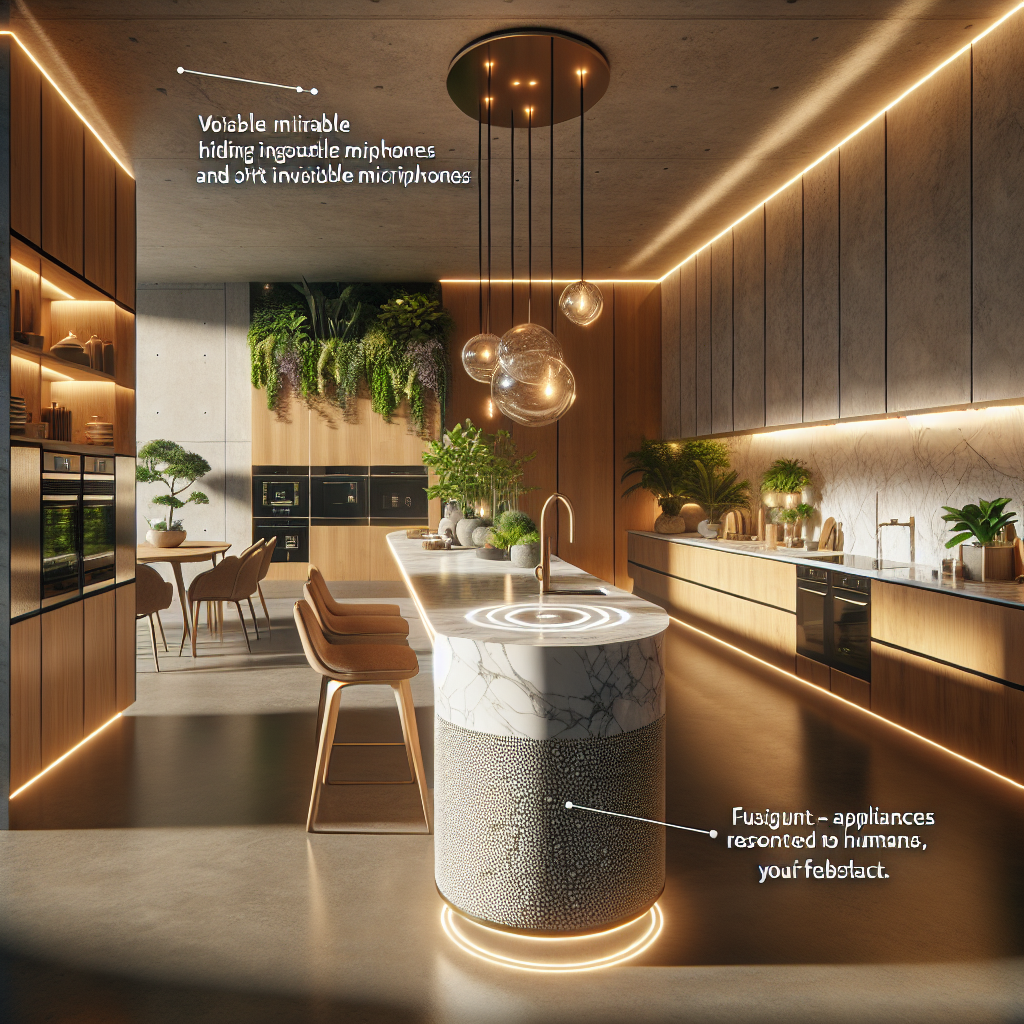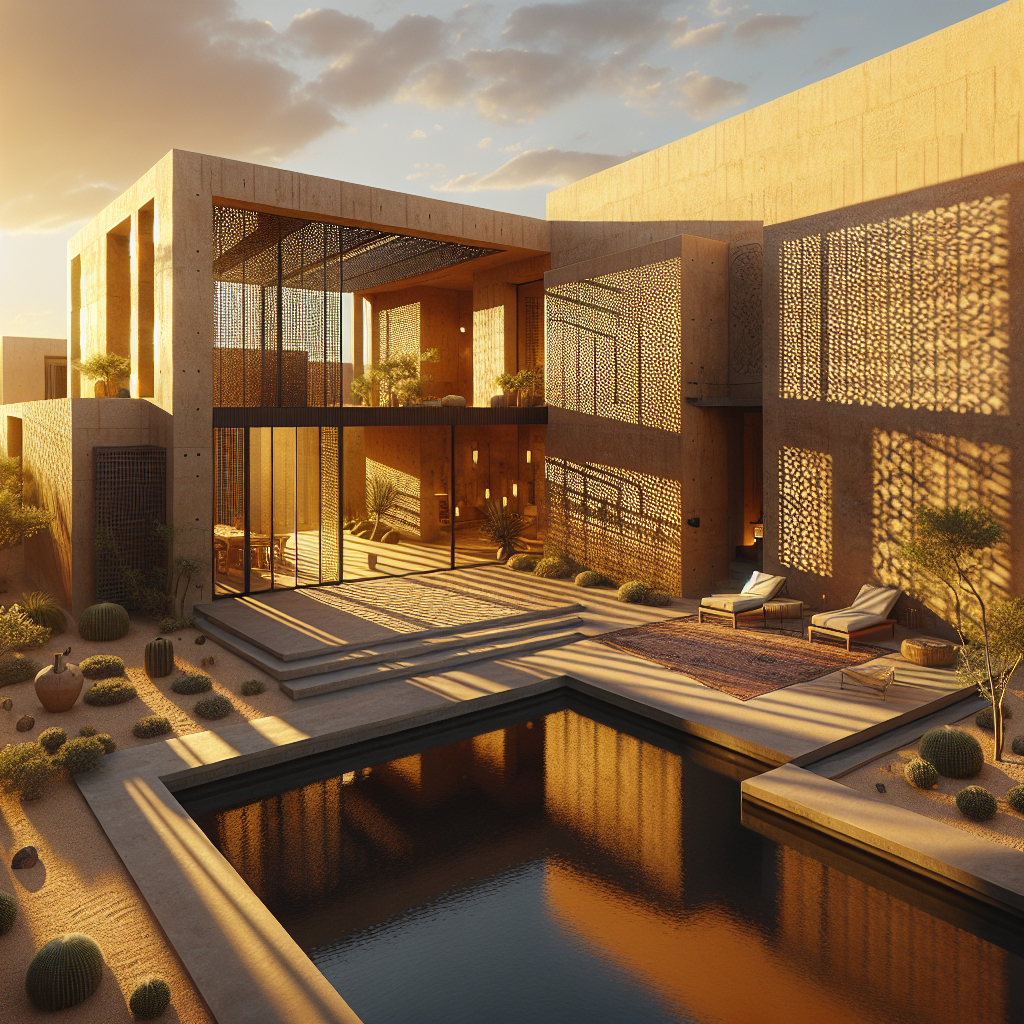Voice-Activated Kitchens: The Future of Cooking Spaces
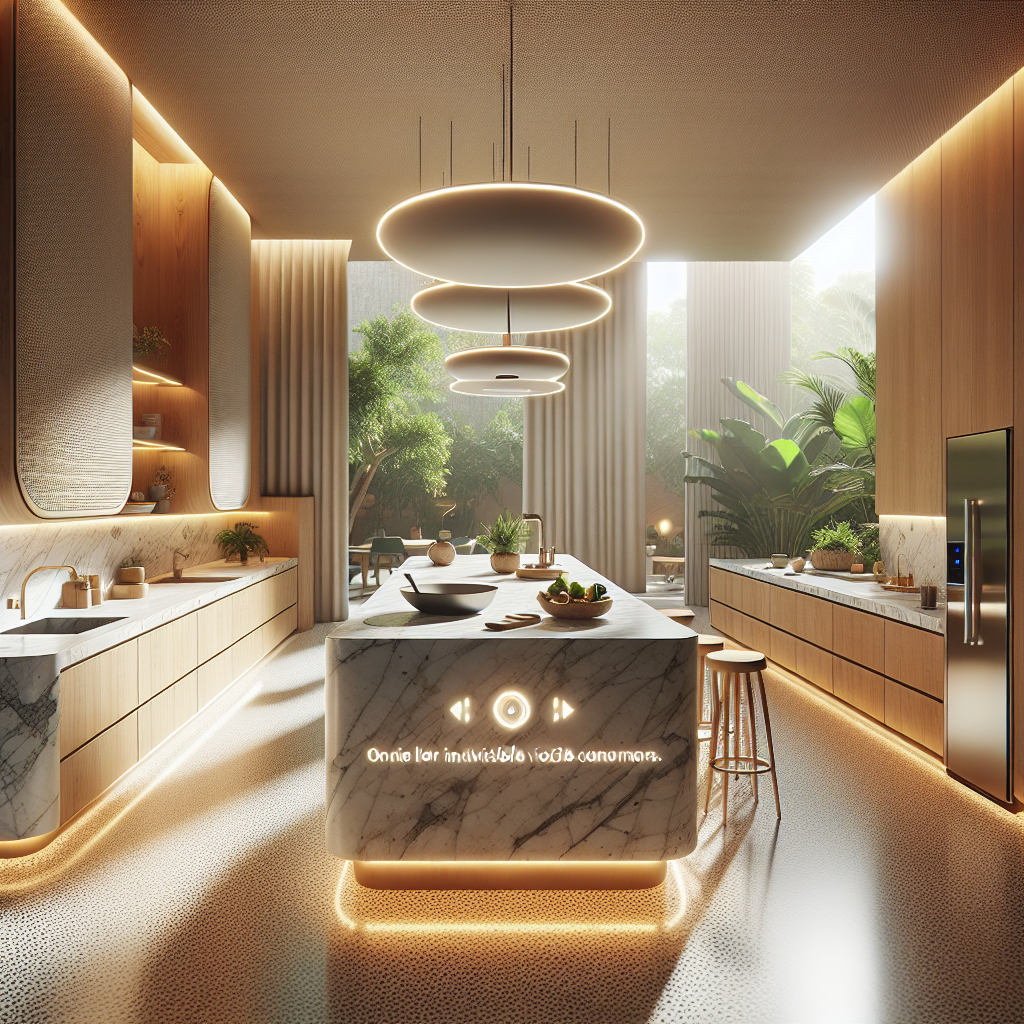
Voice-Activated Kitchens: The Future of Cooking Spaces
In the evolving landscape of residential design, the kitchen has always been more than a utilitarian space. It is the heart of the home, a stage for rituals of nourishment, and increasingly, a canvas for technological innovation. Today, the voice-activated kitchen is emerging as a compelling frontier, merging the tactile warmth of culinary tradition with the seamless efficiency of artificial intelligence. For architects, interior designers, and forward-thinking homeowners, this evolution represents not just a technological upgrade but a redefinition of how we inhabit and interact with domestic environments.
The Rise of Voice-Activated Living
Voice control has become a familiar feature in our daily lives, from smart speakers to automobiles. According to a 2024 report by Statista, over 200 million households worldwide now use smart speakers, with kitchens ranking among the most common spaces for deployment. This shift is not merely about convenience—it reflects a deeper cultural embrace of hands-free interaction, particularly in spaces where multitasking is essential.
In the kitchen, where flour-dusted hands, simmering pots, and sharp knives often complicate manual device use, voice activation offers a frictionless alternative. Commands such as “preheat the oven to 180 degrees” or “add olive oil to the shopping list” streamline tasks while maintaining safety and efficiency. This integration transforms the kitchen into a responsive environment, attuned to the rhythms of daily life.
Designing the Voice-Activated Kitchen
For design professionals, the challenge lies in embedding these technologies without compromising aesthetic integrity. The most successful voice-activated kitchens are those where technology is invisible yet omnipresent—where microphones, sensors, and smart appliances are seamlessly integrated into cabinetry, lighting, and surfaces.
Imagine a kitchen island crafted from honed Carrara marble, its monolithic surface concealing embedded microphones that capture voice commands with studio-level clarity. Above, a sculptural pendant light doubles as a discreet smart hub, orchestrating appliances, lighting, and even ventilation. This design ethos mirrors the principles of responsive design, where architecture adapts dynamically to human needs rather than dictating them.
Beyond Convenience: The Human-Centric Kitchen
Voice-activated kitchens are not simply about efficiency; they are about human-centric design. By reducing the cognitive load of multitasking, these systems free users to focus on the sensory and social aspects of cooking. The kitchen becomes less of a command center and more of a stage for conviviality and creativity.
For example, in multi-generational households, voice control democratizes access. Elderly family members with limited mobility can operate appliances without bending or reaching, while children can participate in cooking through guided, voice-assisted recipes. This inclusivity aligns with broader movements in inclusive design, reinforcing the kitchen as a shared, equitable space.
Case Studies: Kitchens of Tomorrow
Several pioneering projects illustrate the potential of voice-activated kitchens. In Milan, a recent showcase at Salone del Mobile featured a prototype kitchen where voice commands adjusted countertop heights, catering to both seated and standing users. In Tokyo, a compact urban apartment integrated voice-activated modular units, allowing the kitchen to transform fluidly between cooking, dining, and working modes—an elegant solution for micro-living.
These case studies highlight a critical insight: voice activation is not a standalone feature but part of a broader ecosystem of smart home technology. Its true power lies in orchestration—synchronizing lighting, ventilation, refrigeration, and even waste management into a cohesive, responsive environment.
Materiality Meets Technology
One of the most fascinating tensions in voice-activated kitchens is the dialogue between materiality and technology. Designers are increasingly exploring how tactile, natural materials can coexist with digital intelligence. For instance, oak cabinetry with integrated acoustic panels not only absorbs sound but enhances the clarity of voice recognition. Similarly, terrazzo countertops embedded with subtle LED indicators create a visual feedback loop, signaling when appliances are active or when timers are set.
This interplay recalls the principles of biophilic design, where technology is softened by organic textures and forms, ensuring that innovation does not come at the expense of sensory richness.
Sustainability and the Voice-Activated Kitchen
Sustainability is another critical dimension. Voice-activated systems can optimize energy consumption by regulating appliance use, reducing waste, and even suggesting recipes based on available ingredients to minimize food spoilage. According to the International Energy Agency, smart appliances could reduce household energy consumption by up to 15% when integrated into responsive systems.
For architects and designers committed to the circular economy, this represents a profound opportunity: kitchens that are not only intelligent but also environmentally responsible. The fusion of AI and sustainable design principles signals a future where luxury and responsibility are no longer at odds.
Challenges and Considerations
Despite its promise, the voice-activated kitchen raises important questions. Acoustic design becomes paramount, as reverberant surfaces can interfere with recognition accuracy. Privacy concerns also linger, as kitchens—spaces of intimacy and routine—become sites of data collection. For designers, addressing these challenges requires both technical literacy and ethical sensitivity.
Moreover, cultural differences shape adoption. In some regions, open-plan kitchens amplify the utility of voice activation, while in others, where kitchens remain enclosed and private, the integration may be subtler. This cultural nuance underscores the importance of contextual design, ensuring that voice-activated kitchens resonate with local lifestyles and traditions.
The Future of Culinary Spaces
Looking ahead, the voice-activated kitchen will likely evolve into a fully multi-sensory environment. Voice will be complemented by gesture recognition, haptic feedback, and even scent-based cues, creating immersive culinary experiences. Kitchens may soon anticipate needs before they are spoken—preheating ovens based on calendar events, or adjusting lighting to match circadian rhythms.
For design professionals, this trajectory demands a rethinking of the kitchen not as a static room but as a living interface. It is a shift as radical as the move from hearth to stove, or from pantry to refrigerator. The kitchen is no longer just a place where meals are prepared; it is becoming an intelligent partner in the rituals of daily life.
Final Thoughts
The advent of voice-activated kitchens signals a profound transformation in domestic architecture. It is a story of convergence—where design, technology, and human behavior intersect to create spaces that are not only efficient but deeply attuned to the rhythms of living. For architects and designers, the challenge is not merely to integrate these systems but to choreograph them with elegance, discretion, and cultural sensitivity.
As with many innovations, the most successful voice-activated kitchens will be those that disappear into the background, allowing the clatter of pans, the aroma of herbs, and the laughter of conversation to remain at the forefront. In this balance between silence and intelligence lies the true artistry of the kitchens of tomorrow.
